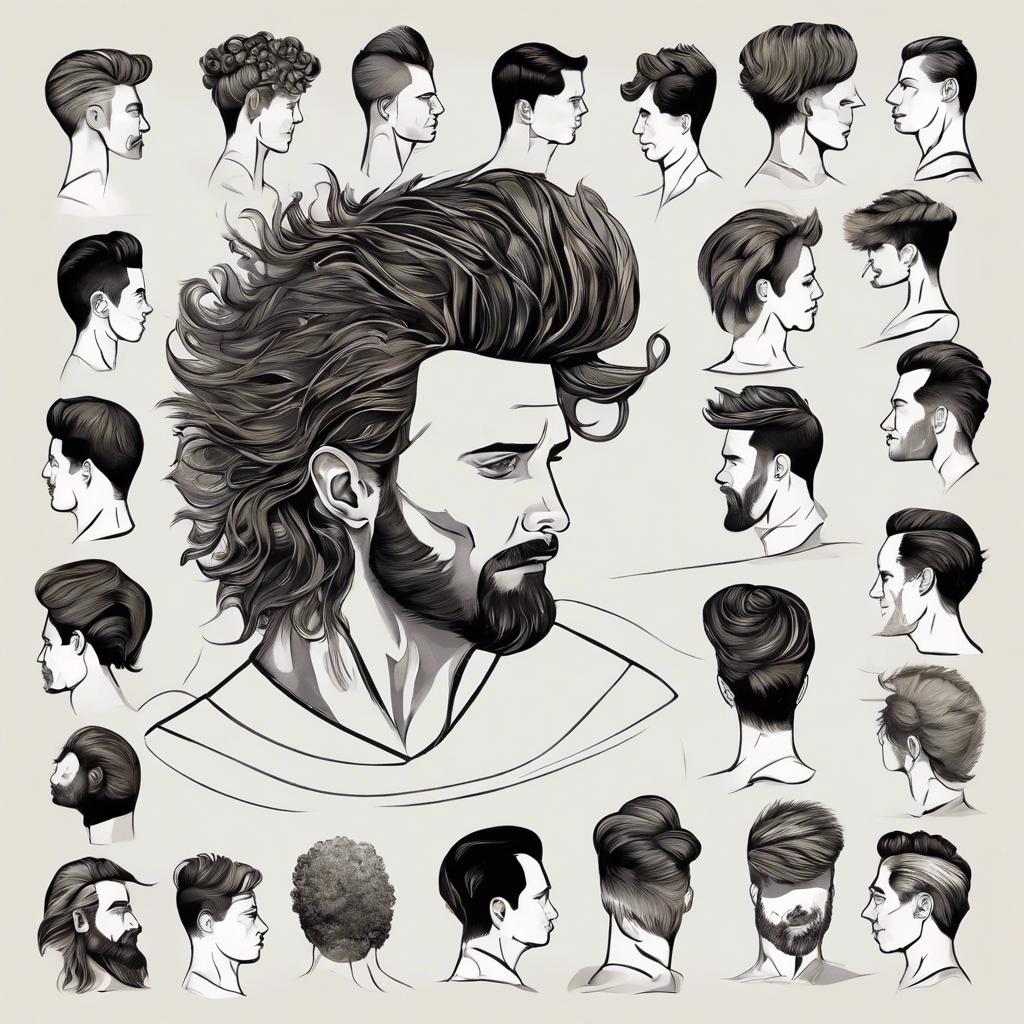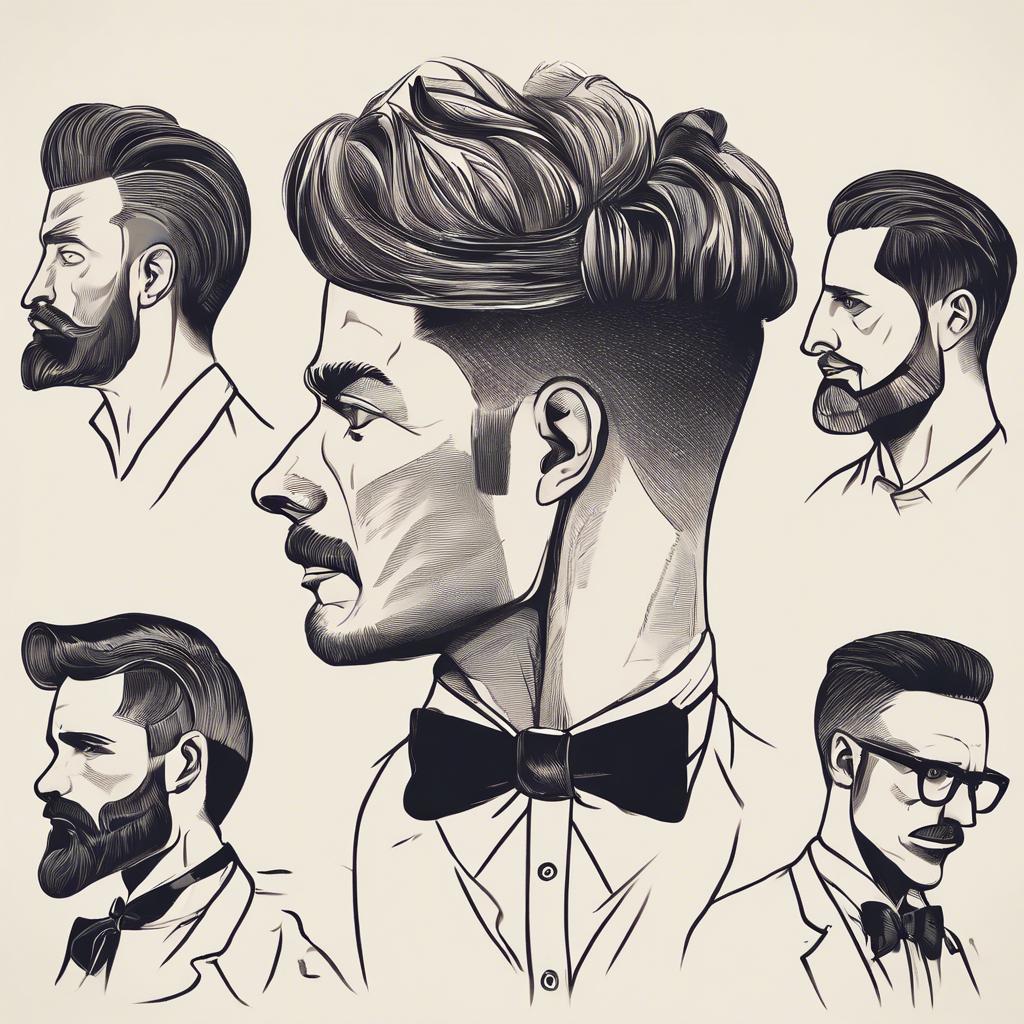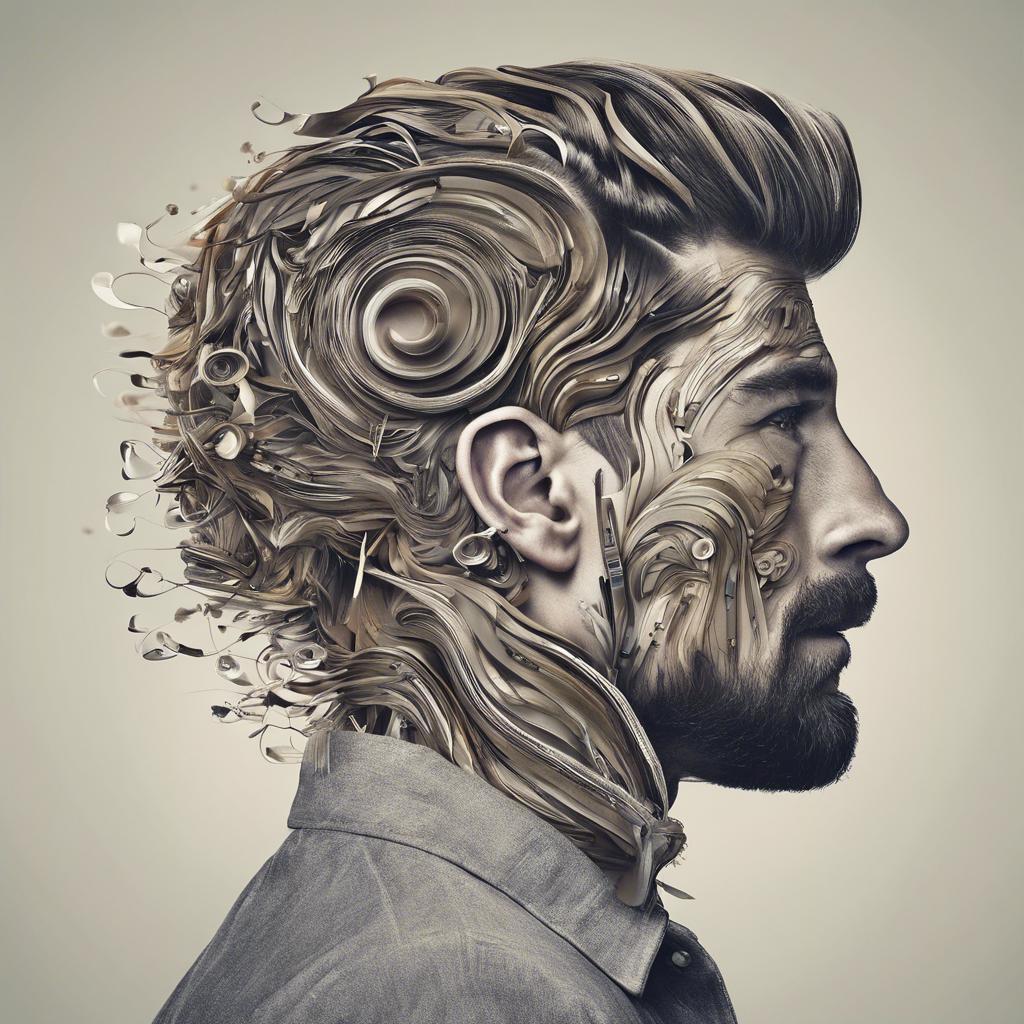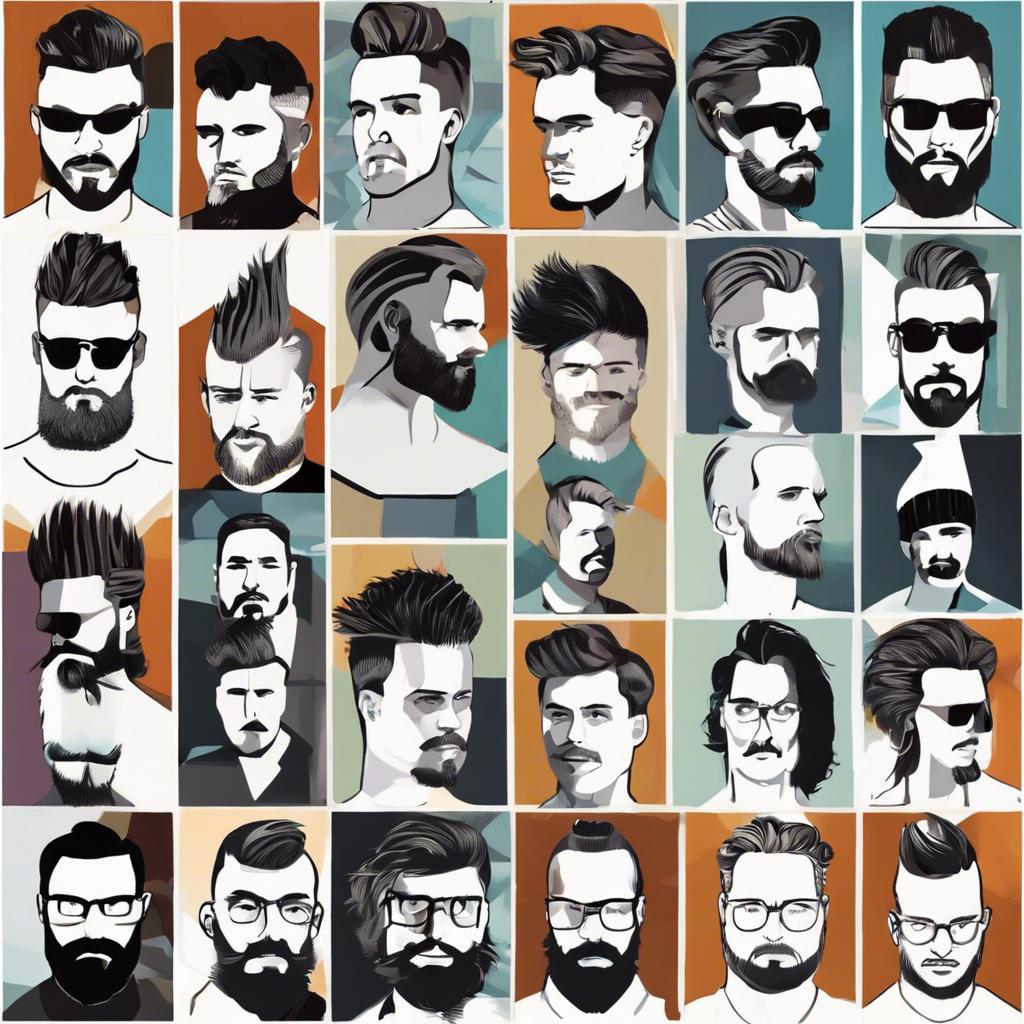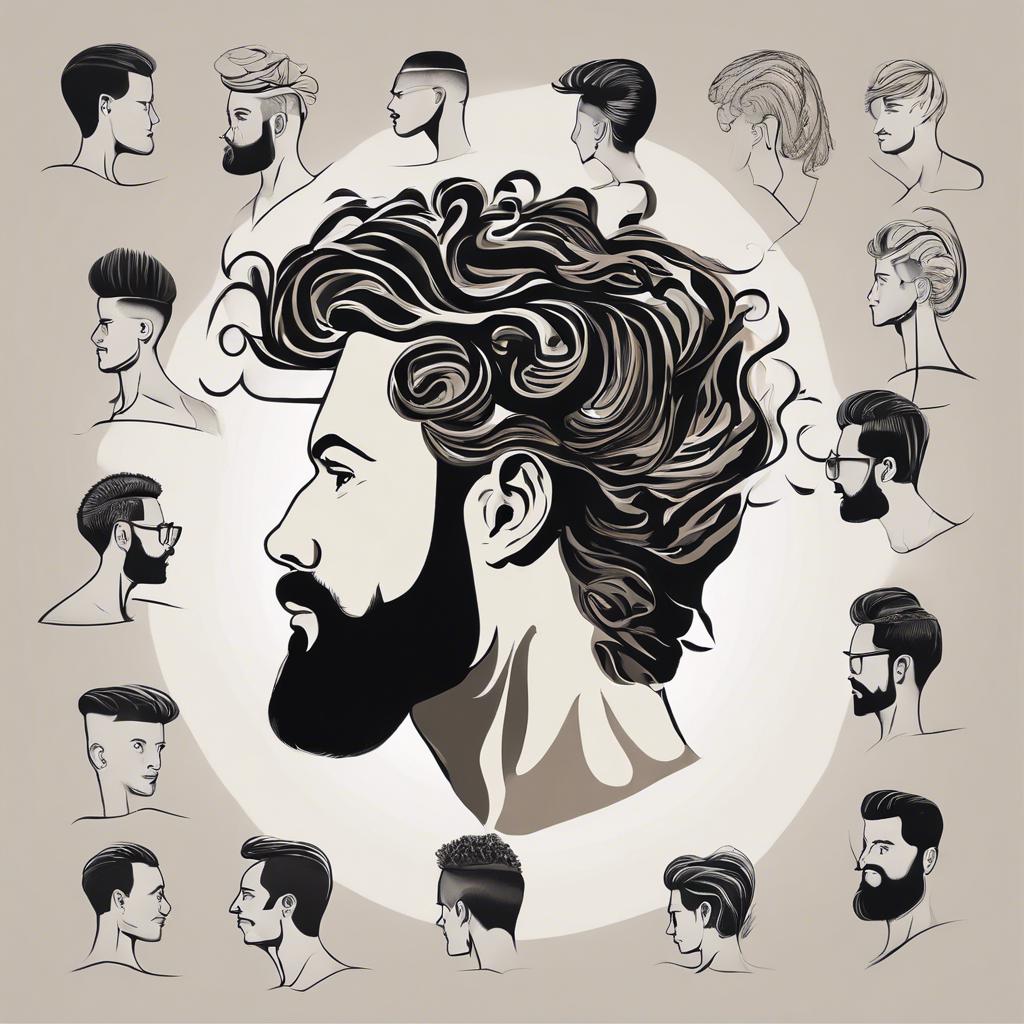Posted inRegency era
mens hair styles
Throughout history, men's hairstyles have shifted as trends and societal norms evolved. From the elaborate wigs of the 18th century to the slicked-back styles of the 1950s, hair has always been a reflection of culture and fashion. Understanding the history of men's hairstyles can provide insight into current trends and societal influences.
